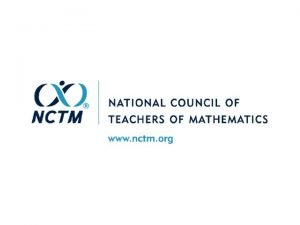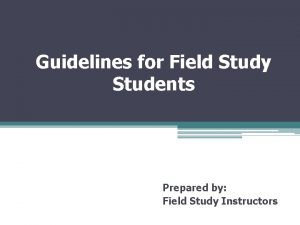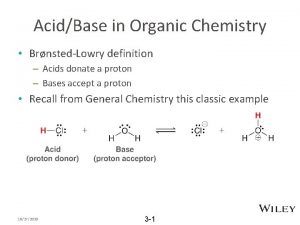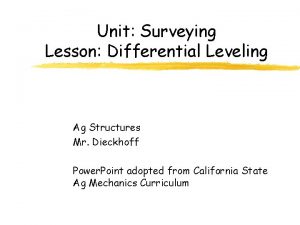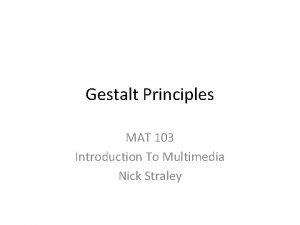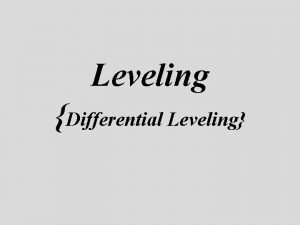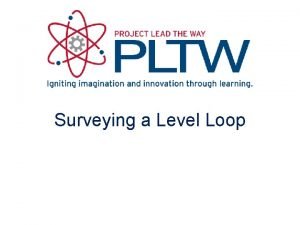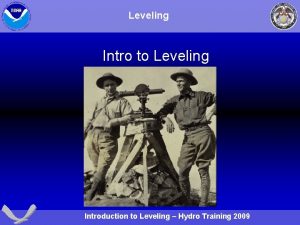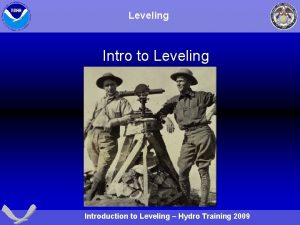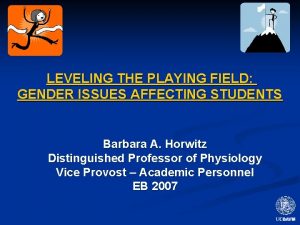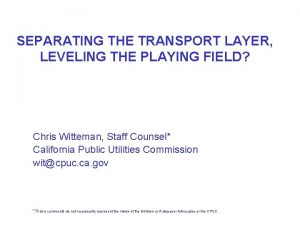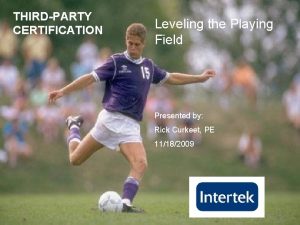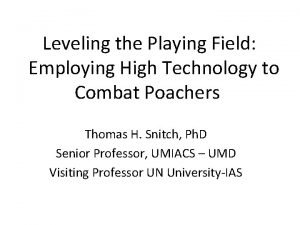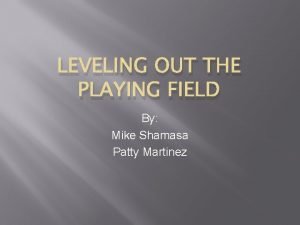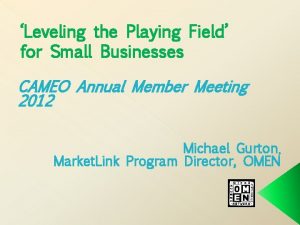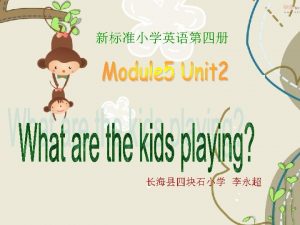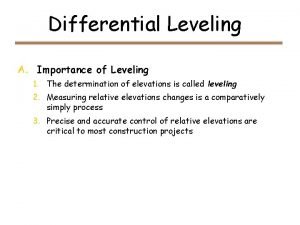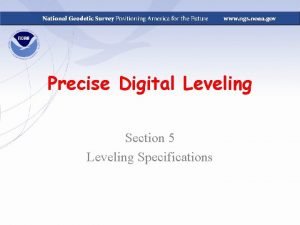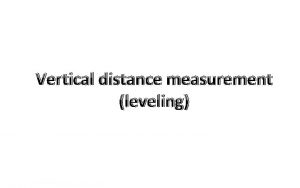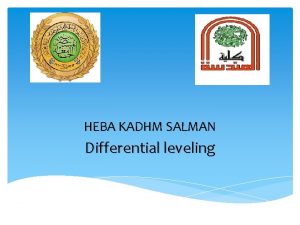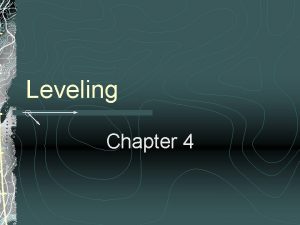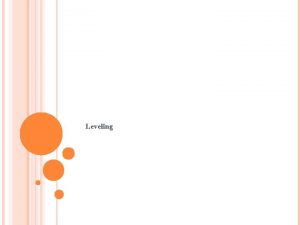Leveling the Playing Field ENSURING UNDERSERVED STUDENTS ACCESS

























- Slides: 25

Leveling the Playing Field ENSURING UNDERSERVED STUDENTS’ ACCESS TO ADVANCED COURSES

Introduction • • Greg Hessee: Colorado Legacy Foundation Kate Greeley: East High School Virginia Schick: Boulder High School Michelle Carpenter: Boulder High School

Why Advanced Placement?

College Bound? • 80% of students now aspire to earn a college degree. This figure has doubled since 1980. • Based on trends since 1990, less than half of these students will achieve this dream.

College Ready? The majority of high school graduates DO NOT meet the basic requirements of colleges and universities. • Overall………………. . 43% • Hispanic……………. . . ……… 16% • African American………………. …. . 20%

College Ready? • 28% of entering freshmen take a non-credit remedial course. • 41% of students take a non-credit remedial course at some point during college. • Only 17% of students who have to take a remedial course will ever earn a degree.

Benefits of Taking AP Courses • Students who master AP coursework are 3 times more likely to graduate from college. • Passing just one AP course increases the prospect of graduating college from 30% to 72%. • Perform significantly better on standardized exams than students who do not take AP courses. • More likely to choose more challenging majors, double major, and go into advanced study.

P. D. for Rigor in Diversity • The only APSI: – Focused on strategies for success in open enrollment – Run by presenters with experience differentiating AP content • College-Board Certified July 14 - 17, 2014

The Challenge: Access to AP Courses Did Not Take Recommended AP Took Recommended AP 58% 42% Asian 38% 62% White 30% 70% Hispanic/Latino 20% Black/African American Note: “AP Potential” is defined here as a 70% or greater likelihood of scoring a 3 or higher on an AP Exam. These data are based on projections from the 2 million students PSAT/NMSQT test takers in the class of 2010 80%

Angels for AP Excellence Denver, CO



What We Really Look Like

“We Need a Culture Change” Student voices – Community Outreach – Student to Student Outreach – Teacher/Admin outreach and systems – Counselor Outreach

Boulder High School Boulder, CO

Boulder High School: Reality Check BHS has a history of high-achieving students: • 5 th in state in ACT scores • 4 Presidential Scholars in the last 5 years • 1454 AP tests given, pass rate over 80%, 27 AP courses At least one fifth of the population is currently unable to fully access this level of academic achievement. • Only 2. 3% of Latino students take AP math or science. • Only 5. 6% are enrolled in AP English classes. • Only 17% of free/reduced lunch students enroll in an AP class

BHS AP Good News • Programs for our underrepresented students are making a difference! • Adelante! tutoring and college prep program decreased BHS dropout rate in the Latino population to 1. 1%, increased GPAs by 14% last year, 83% of grads applied to college. • In advanced Spanish classes, 30% of the enrollees are Latino and 20% qualify for free/reduced lunch. • Implemented test prep courses for AP and ACT for underserved students in Adelante, AVID and ESL • 84 total students in AP Spanish Lang, 25% Latino students, ALL of whom passed with an average score of 4. 29 • Similar case in Spanish Lit, 9/22, 7 passed 78% • Other areas of success are AP Stats, APES, AP Psychology • Difficult areas math/science, working on LA with teacher training, AP for All Institute, vertical teaming with LA teachers within our school. .

Partners Assisting with Financial or In-Kind Support • • • Tutor and teacher time Mentoring Test preparation Materials for success Coaching for college/scholarship Application process

Key challenges at BHS for Latinos in pursuing advanced classes • Lack of academic readiness or familiarity with “how to do school” • First generation readers or high school graduates; family has limited knowledge of educational system • Socioeconomic status • Narrow view of options available, and ability to see self as members of larger community • Self-limiting behavior • Documentation status

AP Recruiting with a STEAM focus: What is STEAM? • Innovation is tightly coupled with Science, Technology, Engineering and Math – the STEM subjects. Adding Art + Design helps transform our economy in the 21 st century just as science and technology did in the last century. STEM + Art = STEAM • The objectives of the STEAM movement are to: – transform research policy to place Art + Design at the center of STEM – encourage integration of Art + Design in K– 20 education – influence employers to hire artists and designers to drive innovation. – More information? http: //stemtosteam. org

Expanding AP Courses to create/strengthen STEAM Courses added at Boulder High School in the past 4 years • “Art History” offers a look at world history through visual art. – appeals to students who value art/innovation throughout diverse cultures. • “Studio Art” is a rigorous course where students create 24 -29 works of art around three areas; breadth, concentration and quality. – The portfolio submission is a comprehensive, authentic body of work which is submitted for scoring (not a high stakes written test. ) – English Language Learners are not at a disadvantage if reading/writing skills are a challenge.

The Importance of Recruiting to support AP efforts/STEAM and non-traditional Students • When I first came to Boulder High School, only 3% of my students were of color. Now, I usually have 20%+ students of color in my classes. • Yearly recruitment includes fliers, personal visits to Adelante classes, and student to student word of mouth, • Personal invitations for students of color and non-traditional students to continue on to higher level art courses. • Fellow colleagues have modified their recruitment to include the above strategies to encourage more diversity in all art classes.

The Importance of Vertical Teaming to support AP efforts/STEAM and Non-traditional Students • Identify ways to promote courses to all students. • Articulate vertical teaming to support and encourage success for all students: – Preparing them for upper level arts courses while in lower levels – Encouraging students to continue to hone art skills in overlapping arts areas (Drawing/painting/photography/sculpture, etc. ) – Supporting AP students while enrolled in AP courses – Non-traditional student support

Professional Development • PD to increase teacher awareness of how to offer support to all AP kids, not just traditional ones • Challenges of teacher training and PD: receptivity and readiness to change • Ongoing teacher reflection and new district/state educator evaluation procedures and professional development

Thank you for joining us today! ghessee@colegacy. org Catherine_greeley@dpsk 12. org Virginia. schick@bvsd. org Michelle. carpenter@bvsd. org
 Underserved backgrounds
Underserved backgrounds Differential leveling example
Differential leveling example Principles to actions
Principles to actions Even playing field meaning
Even playing field meaning Jose rizal first favorite novel
Jose rizal first favorite novel Field study 1
Field study 1 Terminal access controller access-control system
Terminal access controller access-control system Terminal access controller access-control system
Terminal access controller access-control system Calculated field access 2007
Calculated field access 2007 Electric field and magnetic field difference
Electric field and magnetic field difference E field h field
E field h field Individual differences factors
Individual differences factors Field dependent and field independent
Field dependent and field independent Data types and field properties
Data types and field properties Field dependent vs field independent
Field dependent vs field independent Magnetic field
Magnetic field Q factor of capacitor
Q factor of capacitor Benefits of resource leveling
Benefits of resource leveling Ario organic chemistry
Ario organic chemistry Resource loading chart example
Resource loading chart example Leveling in construction
Leveling in construction Hi
Hi Gestalt leveling
Gestalt leveling Leveling
Leveling Resource loading vs resource leveling
Resource loading vs resource leveling Level loop survey
Level loop survey


